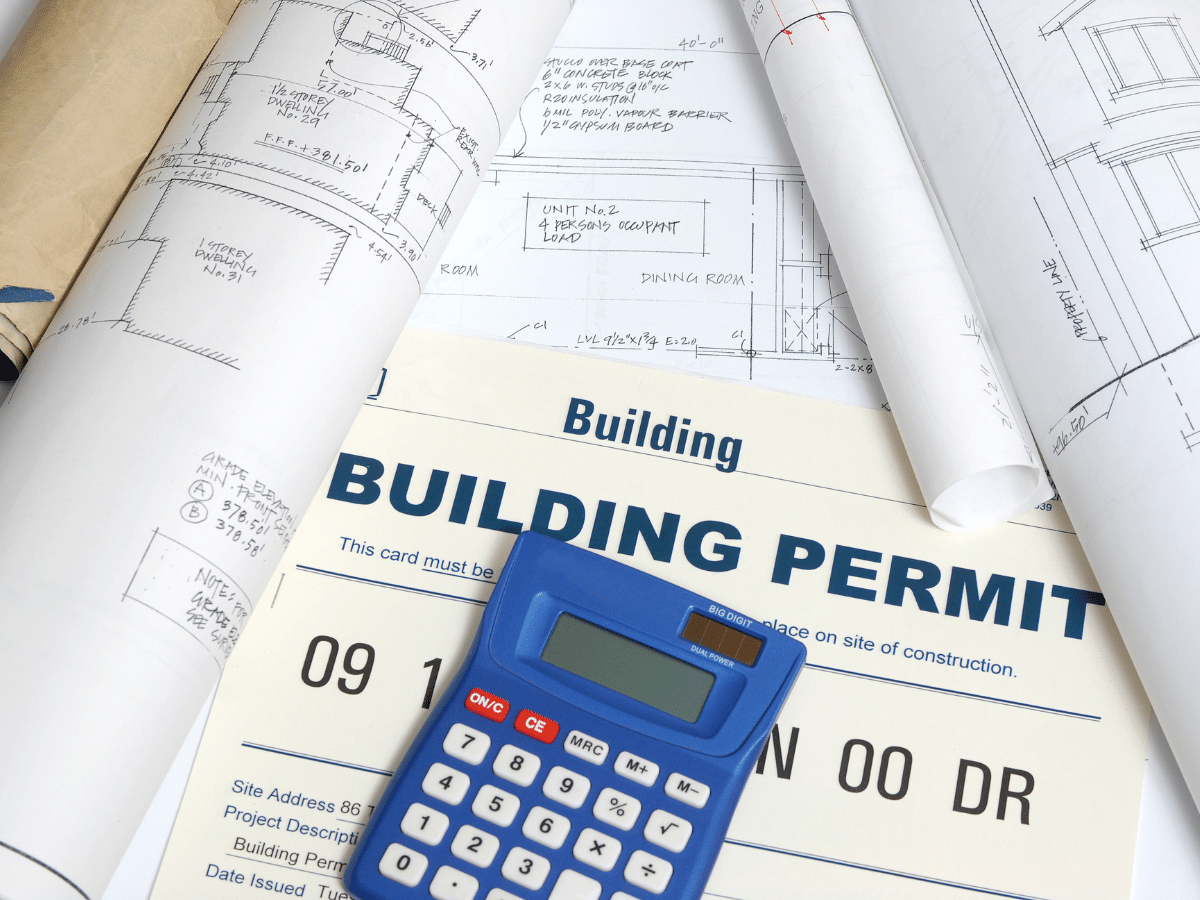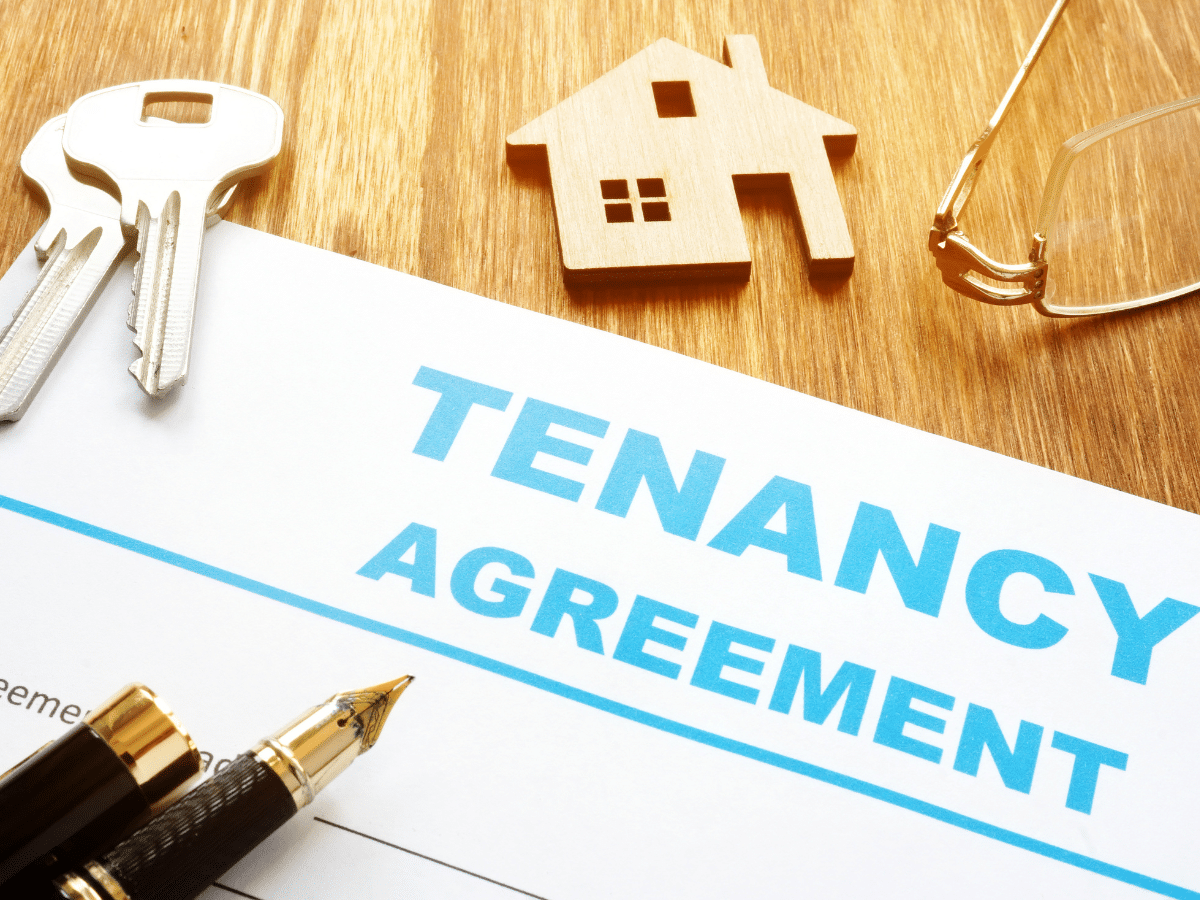What You Need to Know About Tenant Improvements
A functional and appealing room is important to any rental success. Your space should highlight your brand, be distinct, and meet your customer’s needs as it develops and evolves. Whether for a minor repair or a major overhaul, every rental business will need tenant improvement services at some point. Here’s what you need to know if you want your space to be as good as possible for your new customers.
What is Tenant Improvement?
Tenant improvements, or leasehold improvements, are changes a tenant makes to a rented facility to fulfill their needs. Minor alterations, such as repainting walls, can be made, as can large upgrades, such as reorganizing the internal area.
Tenant enhancements are intended to produce a practical and pleasant space corresponding to the tenant’s company activities or personal preferences. Tenants can optimize the property’s layout, design, and function to meet their individual demands while also increasing productivity, efficiency, and overall satisfaction.
Who Pays for Tenant Improvements?
Payment for tenant improvements is normally arranged between the renter and the landlord. The cost of tenant upgrades is often split between the two parties. Here are a few examples of common setups for paying for tenant improvements:
1. Tenant Improvement Allowance
A tenant improvement allowance is a money given to the tenant by the landlord specifically for making improvements to the rented premises. The allowance amount is agreed upon as part of the lease agreement. The renter can use this allowance to cover any or all of the costs associated with the upgrades.
2. Build-to-Suit
In some circumstances, the landlord may agree to do the tenant upgrades of the property themselves. This is referred described as a build-to-suit arrangement. The landlord bears the responsibility and cost of the tenant improvement construction, which is tailored to the tenant’s requirements. This method is commonly used in larger-scale projects or when a tenant signs a long-term lease.
3. Tenant-Funded Improvements
Alternatively, the tenant may pay for the modifications fully out of pocket. This can happen if the tenant has specific needs or wishes for the space that goes above and beyond what the landlord is willing to offer or wants complete control over the design and building process.
4. Combination of Approaches
It is also possible for the renter and landlord to pool their resources. The landlord may offer a partial tenant improvement allowance, with the renter contributing additional monies to cover the remaining costs. That said, it’s important for both parties to clearly outline the financial arrangements and responsibilities for tenant improvements in the lease agreement. This ensures that all parties clearly understand who will pay for what and helps prevent disputes or misunderstandings during the tenant improvement construction.
Negotiating Tenant Improvement Allowances
Tenants must discuss and negotiate the tenant improvement allowance with the landlord when negotiating a lease agreement. The tenant improvement allowance is the amount the landlord is willing to give to tenant upgrades. It is crucial to establish the terms and conditions of the allowance, including the scope of work, budget, and any constraints imposed by the landlord.
Tenants should carefully assess their demands, develop a detailed plan and cost estimate for the improvements, and negotiate for an allowance that covers a significant portion of the expenditures. A fair cost allocation between landlord and tenant can be ensured through proper negotiation.
What are the Key Aspects of Tenant Improvements?
Before beginning any tenant improvements, examining the renter’s needs and evaluating the key aspects included are critical. This entails comprehending the nature of their company or personal requirements and determining the improvements required to suit those requirements. Layout, functionality, branding, accessibility, and equipment or infrastructure should be carefully considered. Here are some of the key aspects of tenant improvements.
1. Permits and Approvals
Understanding the local building rules, zoning regulations, and permit requirements is critical before beginning tenant upgrades. Tenants may need to seek various licenses, such as building permits, electrical permits, or plumbing permits, depending on the amount of the improvements.
Working closely with the landlord and consulting with professionals such as architects, contractors, and engineers is recommended to ensure that the suggested modifications comply with all applicable regulations and acquire the appropriate approvals. Noncompliance with permits and permissions may result in fines, delays, or revocation of completed work.
2. Construction and Project Management
Tenant improvements include a variety of construction tasks such as deconstruction, fixture installation, electrical and plumbing work, and interior finishes. Hiring skilled contractors and project managers to oversee the construction process and assure timely completion is critical. A successful tenant improvement project requires open communication between the tenant, contractor, and landlord.
3. Lease Terms and Documentation
All components of the tenant improvements must be explicitly recorded in the lease agreement to avoid misunderstandings and disagreements during tenant improvements. The tenant improvement allowances, responsibilities of both parties, the scope of work, dates, and any penalties or repercussions for noncompliance should all be outlined in the lease. Tenants might also consider incorporating measures that address property restoration at the end of the lease period. This ensures that any changes can be reversed or correctly negotiated when the lease expires.
Conclusion
Tenant improvements are a significant aspect of leasing commercial or residential spaces. Understanding the fundamentals of tenant improvements is critical for both landlords and tenants. By considering needs assessment, budgeting, negotiation, and communication, you can navigate the process effectively and create a tailored space that meets your requirements.
Ready to find or list the perfect commercial space? Visit Plisthub Booking now and explore their user-friendly platform. Whether you’re a tenant or a landlord, Plisthub Booking simplifies the process, making it interactive and efficient. Don’t miss out on the opportunity to optimize your leasing experience. Start exploring today!





